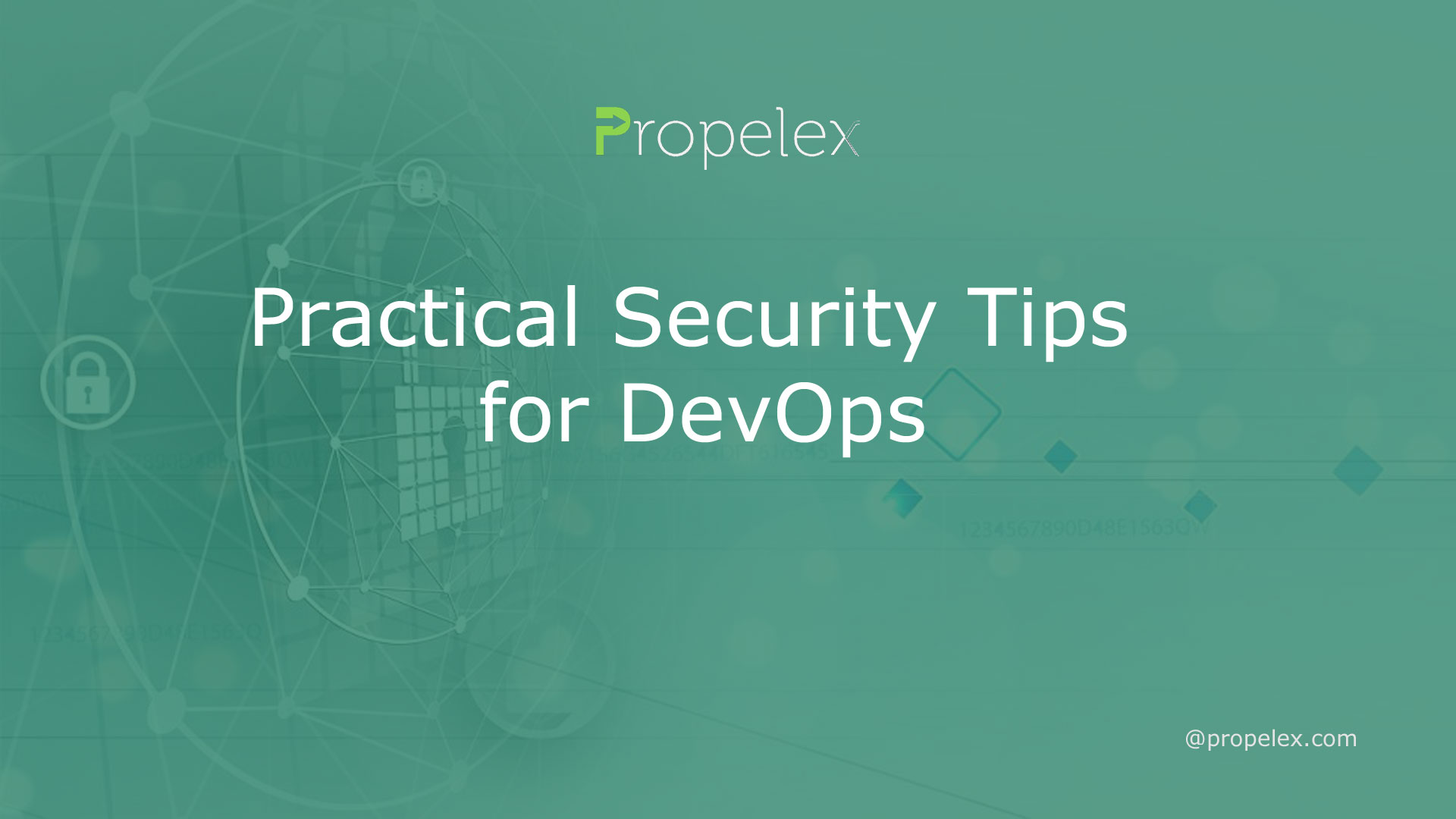As you consider adopting a DevOps strategy, you may want to consider some practical security tips that you can use to ensure that you are doing things right. These tips can help you to understand how to define threats and vulnerabilities that you should be aware of and how to manage them. Then, you can begin to automate your security processes and carry out training, as well as scan for misconfigurations.
Automate
Automated security tools are an excellent tool to ensure security of your DevOps processes. These tools can detect vulnerabilities and potential threats to the environment. These tools can also identify issues with the infrastructure. This will enable the team to remediate any problems as they arise.
Adding automation to the security process will help the team to streamline cumbersome and repetitive processes. It will also minimize the risk of human error.
In addition, automating security will increase the likelihood of detecting vulnerabilities early in the development cycle. It can also reduce the time it takes to create a minimum viable product. It can be difficult to find vulnerabilities in large code bases. By bringing all the tools under one security umbrella, the entire DevOps team can focus on delivering reliable and secure infrastructure.
Scan for misconfigurations
There are many security tools available to help you detect misconfigurations. There are scanners that look for syntax errors and operating system settings that can use to detect misconfigurations. In addition, there are also tools that designed to spot the most relevant misconfigurations. These include tools that capable of finding code blocks, identifying which ones are problematic, and generating alerts based on the results.
Prisma Cloud is an example of a tool that integrates with all your development tools. It provides a central view of all your misconfigurations, a searchable database, and auto-remediations for several policies. Its UI includes a policy editor that allows you to create custom policies. You can choose whether to allow or block misconfigurations for each repository and resource.
Defining threats against the different components
The number of cyber attacks has increased drastically in recent years. Last year alone, over 281 million individuals experienced a data breach. This is an alarming number. Consequently, organizations need to ensure foolproof security to protect their customers’ data.
One important method for securing a DevOps environment is threat modeling. It is a process that helps to identify the most important risks and mitigations. The model also allows for the creation of secure solutions.
The model should be simple to follow and fast. It should also incorporate information on the most important security features. The model should represent mitigations that last less than a Sprint, and can represented as a user story. This will make them easier to consume and implement by the development team.
Training
DevOps is a buzzword these days, but companies using it may have concerns about the security of their information. To stay secure, a company should integrate security into the DevOps pipeline. This requires a bit of foresight, but it also reduces the chances of costly mistakes.
DevOps is about collaboration and rapid innovation, but that can pose security challenges. To protect against malicious code, developers must have access to the right scripts and tools. Fortunately, there are many security tools out there. Some of the most important are automated scripts that monitor the network for threats, as well as log files.
For example, CI/CD can use to build a secure DevOps environment. It will help streamline cumbersome processes and allow the team to move faster.
Culture and organizational aspect
As you work towards developing a strong DevOps culture, it is important to consider the organizational aspects. These include leadership, communication, and collaboration. With a solid DevOps culture, you can streamline your software development process and deliver stellar results.
One of the key elements of a strong DevOps culture is a clear set of goals. This allows you to determine the products you will focus on and which ones to prioritize. It also provides you with the feedback you need to improve the process.
When a team has a strong sense of responsibility for the project they are working on, they are more likely to adopt a collaborative approach. Having an open communication line with teammates is a crucial part of building a successful DevOps culture.









